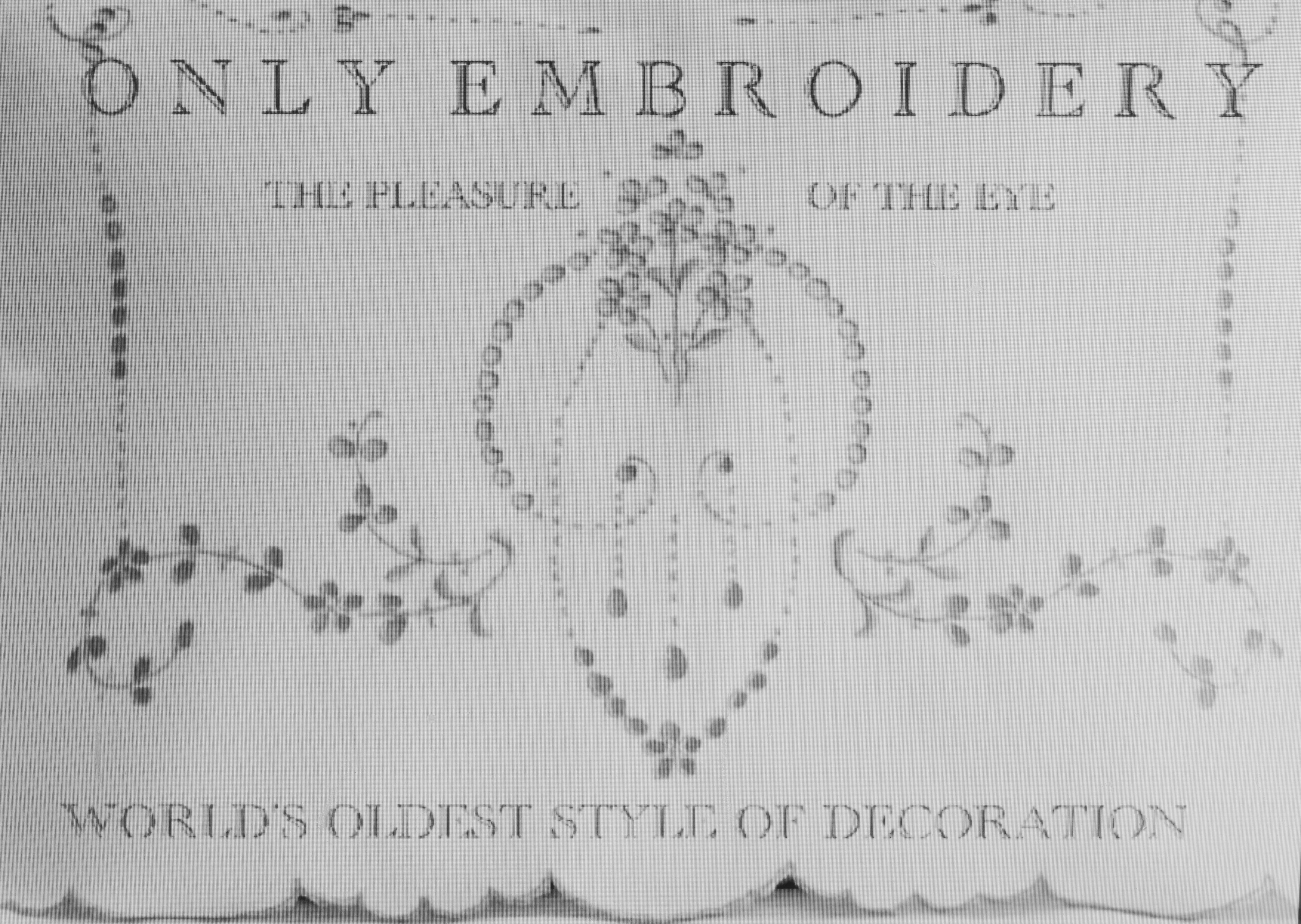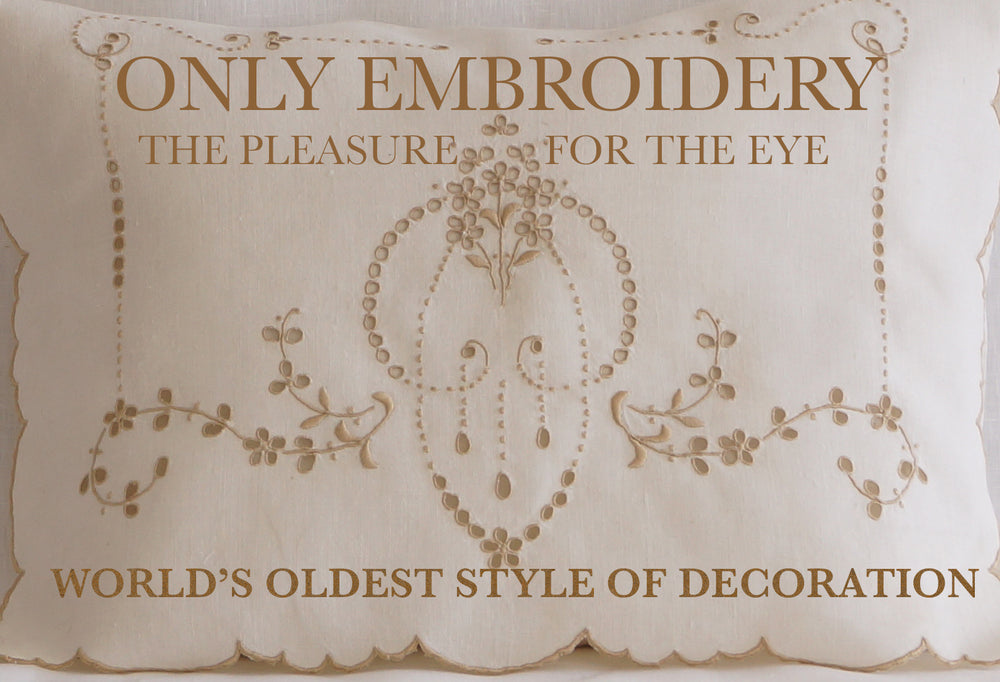History of Hand Embroidery
Hand embroidery is an ancient craft that has been practiced by humans for thousands of years. It is the art of decorating fabric or other materials using needle and thread to create intricate designs and patterns. The exact origins of embroidery are difficult to pinpoint, as it is believed to have developed independently in different cultures around the world.
The earliest evidence of hand embroidery dates back to around 30,000 BCE, where fragments of heavily hand-stitched and decorated clothing were found in ancient Egyptian tombs. Embroidery was also prevalent in ancient China, India, Persia (now Iran), and the Byzantine Empire.
During the Middle Ages, embroidery became an important art form in Europe. Skilled artisans created elaborate designs using silk threads, gold and silver metallic threads, and precious gemstones. Embroidery was often used to adorn ecclesiastical garments, such as altar cloths and church vestments, as well as royal garments and tapestries.
The Renaissance period in Europe saw a flourishing of embroidery, with a focus on elaborate designs and intricate stitchwork. The popularity of embroidery continued to grow during the 17th and 18th centuries, with the development of new stitching techniques and the introduction of exotic materials like silk, chenille, and metallic threads.
In the 19th century, the Industrial Revolution brought significant changes to the world of embroidery. Machine embroidery began to replace hand embroidery for mass production, making it more accessible to a wider audience. However, hand embroidery continued to be practiced by skilled artisans and remained a symbol of luxury and craftsmanship.
In the 20th century, hand embroidery experienced a resurgence as a form of personal expression and artistic creativity. Artists and designers began experimenting with new materials, stitches, and styles, pushing the boundaries of traditional embroidery. Embroidery was used in fashion, interior decoration, and contemporary art, gaining recognition as a versatile and expressive medium.
Today, hand embroidery continues to thrive as a popular craft. It has evolved to incorporate a wide range of styles, from traditional techniques passed down through generations to innovative and experimental approaches. Embroidery enthusiasts create beautiful pieces using a variety of threads, beads, sequins, and even unconventional materials like wire and plastic.
With the advent of digital technology, embroidery machines have become more sophisticated, allowing for intricate designs to be created automatically. However, hand embroidery remains valued for its unique charm, the skill and patience required, and the personal touch it brings to each piece.
Throughout its history, hand embroidery has served various purposes, from practical to decorative, religious to artistic. It has been an integral part of diverse cultures, reflecting the creativity, traditions, and stories of countless individuals across the world.





